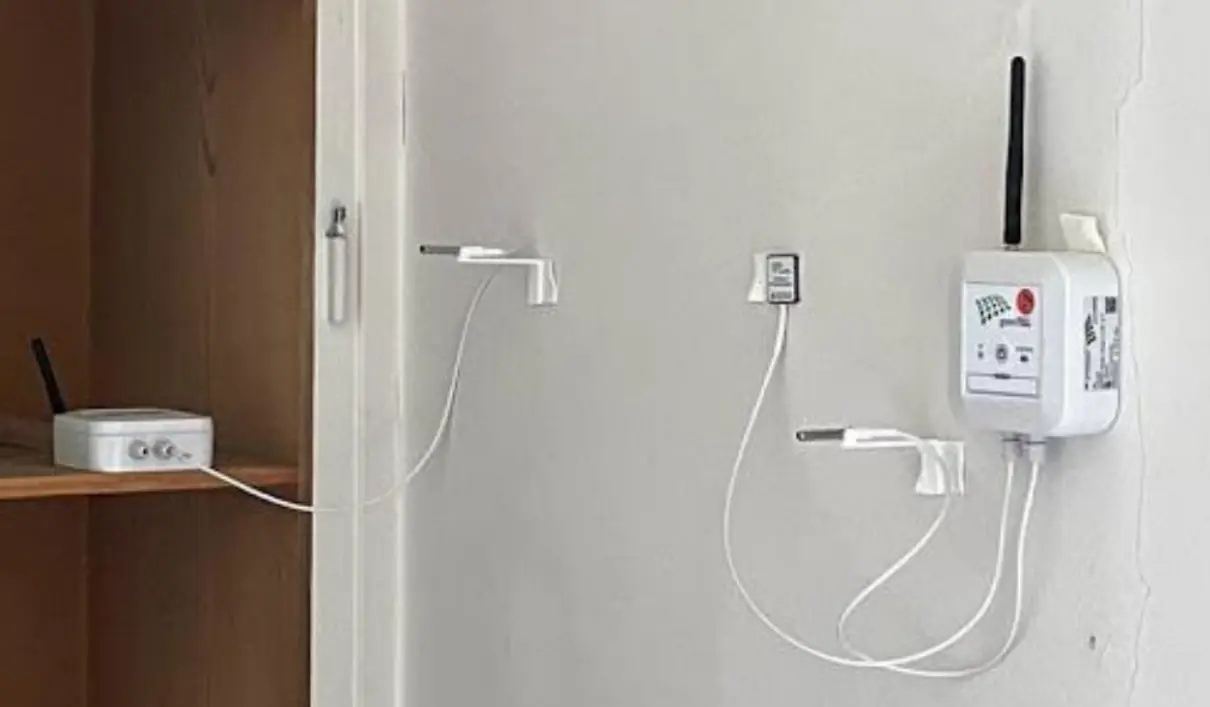Digital Twin III: Measurement Technology in Cloud Applications
The ICP Thermolab has been continuously expanded in recent years and now offers comprehensive analysis options for building energy systems. One of the specialties of the ICP Termolab is that the measurement technology is usually supported by simulations. In addition, in many cases it is worthwhile to systematically store the data in a cloud application – often referred to as a digital twin. This can be useful for further processing of the data and, for example, enable remote access for maintenance work or the application of digitally supported analysis methods.
The ICP Thermolab covers a large variety of temperature sensors and general thermal analysis equipment. In addition, the laboratory has now been extended with systems for measuring heat flow in pipelines or heat transport in walls and windows. Furthermore, comprehensive investigation facilities for determining the moisture content in the air and in building materials have been established.
While in the past mainly industrial applications were addressed, the focus has now been widened and also covers building energy systems. In close cooperation with practitioners, current research questions cover the optimization of control strategies, the development and improvement of products, and the comprehensive analysis of the building physics in specific construction projects.
Measurements with modern sensor technology are by nature a hardware topic. In the context of the digital twin, a connection to the Internet and suitable data processing is another prerequisite in order to provide a useful application. Finally – and this is a specialty of the ICP Thermolab – a direct link is created to the simulation of physical processes. In most cases, several coupled physical effects must be understood and taken into account in the measurement setup.
For example, the heat transfer coefficient (of ten called U-value in the building sector) depends on the moisture content of the building materials. Consequently, in addition to the heat transport and heat storage capacity of the walls, the water content and moisture transport are also of interest in a detailed investigation.
Often, the system boundaries are also at issue: In most cases, the immediate surroundings of the sensor system have to be included in the analysis. The temporal course also plays a significant role: What effect does it have if the sun shines on the outer wall during a U-value measurement? How can the concrete structure of a building be used to optimize comfort and reduce primary energy consumption? How can underfloor heating contribute to the regeneration of geothermal probes?
The combination between measurement technology and physics simulation often requires a model reduction on the side of numerical analysis. Thus, the amount of data and the complexity of the measurement system can be reduced.


